When I open a fantasy book for the first time, I automatically seek out a map that will divulge the world that I have just decided to explore. There is something incredibly satisfying in seeing a whole new world laid out elegantly and purposefully before you.
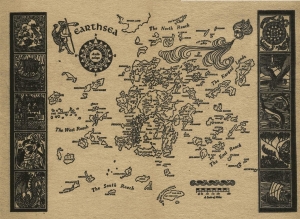
Ever since I was young, I have always loved reading fantasy, especially if it featured a map. I remember reading Dragon Rider by Cornelia Funke and being delighted to find a map hidden in the middle of the book detailing the journey that Firedrake, the dragon, and Ben, his human companion, had taken across their world. Later, when I started reading The Lord of the Rings by J. R. R. Tolkien, I became obsessed with figuring out where the Fellowship was on the beautiful maps featured in the books.
And this continued even into adulthood. When I discovered The Earthsea Quartet by Ursula K. Le Guin, with her complicated Archipelago that Ged sails around on his many adventures, or The Book of Three by Lloyd Alexander, featuring a map that highlights the locations that Taran and his friends travel to on their important quest to defeat the Horned King.
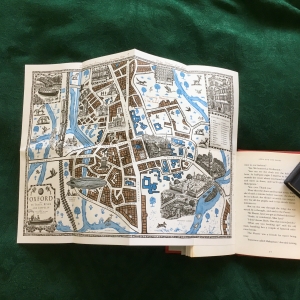
While not all fantasy books include maps, there are some where the map becomes an extra feature. One of my favourite fantasy series of all time, Terry Pratchett’s Discworld Series, doesn’t feature maps in each individual book, but there are whole books dedicated to helping you figure out where Lancre is in relation to Ankh-Morpork, or even allowing you to explore the many streets of Ankh- Morpork itself. Even Philip Pullman’s His Dark Materials has delved into the world of fantasy map-making with a little book called Lyra’s Oxford, featuring a map that details the Oxford of an alternative world.
Now obviously none of these maps would be useful if you got lost out in the real world. However, when exploring a new fantasy book, I find they add a whole other layer to the world the author presents.



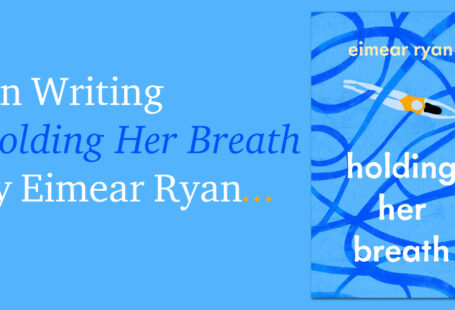
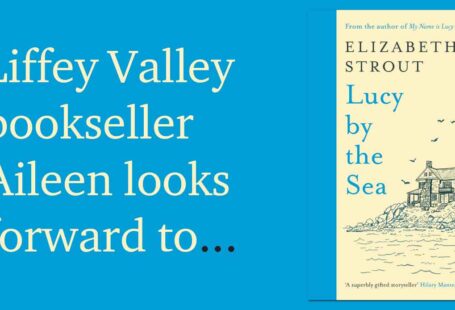
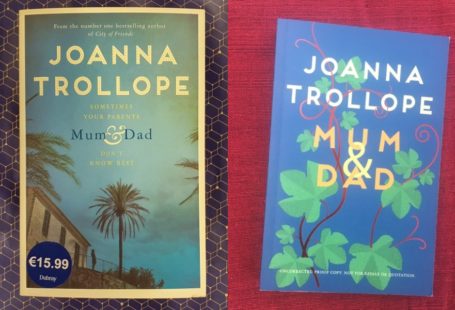
Recent Comments